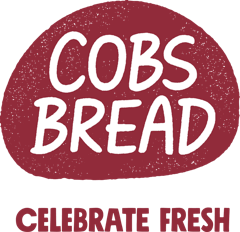Q&A with Our Registered Dietitian – Part 3
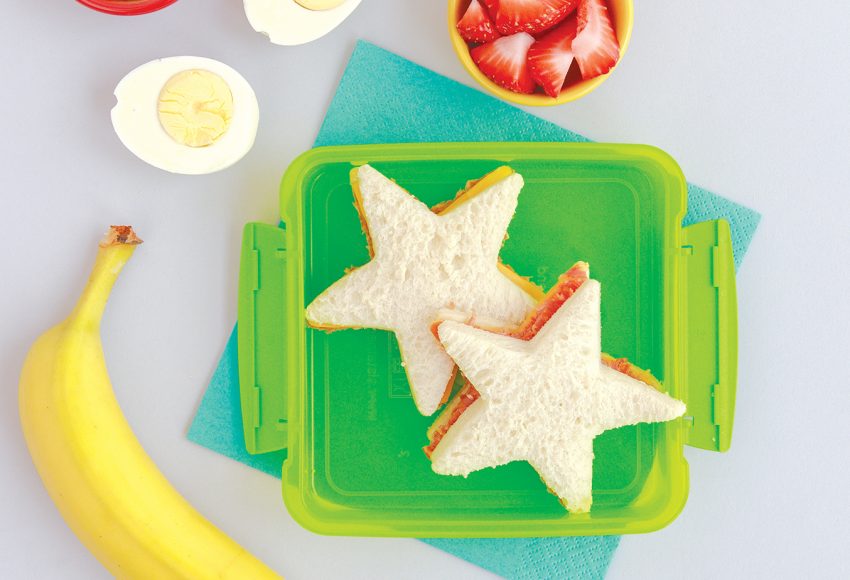
Our Registered Dietitian, Stephanie Dang of Vancouver Dietitians, is back to answer more customer questions about health and diet!
What are some foods that can help boost my metabolism?
There is no evidence of specific foods increasing metabolism. There are some studies about the effects that coffee, green tea, and hot chilli peppers have on metabolism, but the impact has been found to be relatively small. There is evidence, however, that physical activity (specifically weight training or high intensity interval training) can boost metabolism (such as this study). It is proven that muscle burns more calories than body fat, so the more muscle you have = higher metabolism. Here are some tips to ensure your metabolism is working as well as it should!
- Follow your hunger cues. Research supports eating small, frequent meals has a positive impact on metabolism and weight management. (See two articles on meal frequency here, and here.) I don’t recommend setting a strict eating schedule, but being in tune with your hunger cues (and following them!) can ensure you are keeping your metabolism fueled and burning. Eating regularly and avoiding the “ravenous” feeling can also help prevent overeating later in the day.
- Eat enough protein, in conjunction with strength training. We know that muscle burns more energy than body fat, and muscles are made of proteins. However, excess protein intake doesn’t equal increased muscle mass! Doing weight training along with consuming adequate protein (a good start is 0.8-1.2 grams of protein per kilogram body weight) can help support your lean muscle mass.
What bread or food is best for an anti-inflammatory diet?
Let’s start with inflammation. This is our body’s immune response to harm or injury, which is beneficial when trying to heal from a cut or scrape. However, chronic inflammation occurs when the body’s immune system attacks healthy cells. Some examples are rheumatoid arthritis, Crohn’s disease, or even heart disease and Alzheimer’s disease.
There is emerging evidence supporting specific food and their impact on inflammation. Foods such as fatty fish, berries and tart cherry juice have more research supporting their anti-inflammatory effects.
However, it looks like the best approach to reducing inflammatory stress in the body is consuming a well balanced, nutritious diet rich in whole foods, antioxidants and healthy fats (specifically omega 3 and omega 6 fatty acids). Some foods that may increase inflammation include foods high in saturated fat, fried foods, trans fats, and processed sugars. Fatty red meats, fast food, packaged and processed foods, sweetened beverages, and candies should be avoided or consumed in small quantities. Here are some foods to try to incorporate into an anti-inflammatory diet:

- Whole Grains – whole grain bread, oatmeal, brown rice, barley
- COBS Breads: Country Grain, Whole Wheat Loaf, Cape Seed Loaf
- Fruits and Vegetables – fresh or frozen
- Plant-based sources of protein – legumes, nuts, seeds
- Fresh, home-cooked lean meats and fish
Foods rich in antioxidants:
- Leafy green vegetables
- Berries – blueberries, elderberries, cranberries, goji berries, blackberries
- Cherries
- Turmeric
- Beets
- Dark Chocolate
- Pecans
Foods containing healthy fats include:
- Fatty fish – salmon, sardines, anchovies
- Ground flax seeds
- Chia seeds
- Olive oil
- Avocados
- Nuts and seeds
How can I get more fibre into and my family’s diet?
The main source of fibre in our diet includes whole grains, fruits, and vegetables. When you are trying to increase your fibre intake, remember to ensure you get enough fluid as well to prevent your bowels from getting stuck in a hard place…! Some ideas to increase fibre in your family’s diet include:
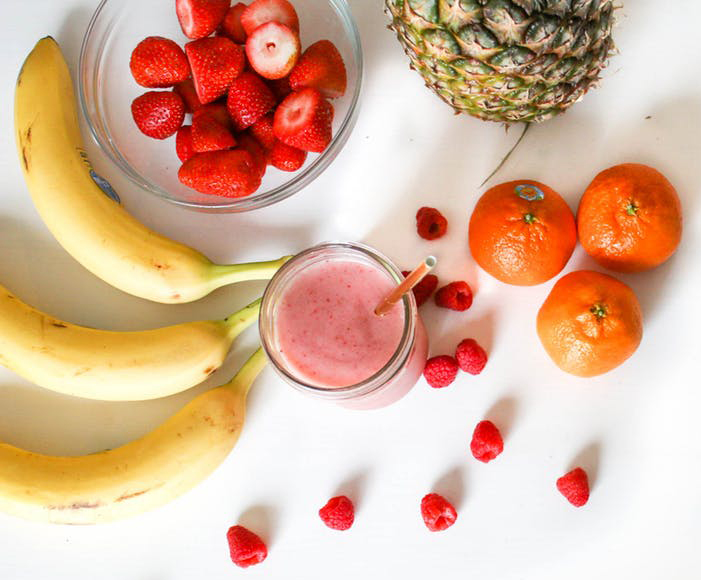
- Smoothies! Fruits such as berries and bananas are high in fibre and taste great in smoothies. You can also add extras such as ground flax seeds and chia seeds which will increase the fibre content. Making it a green smoothie by adding spinach or kale increases the fibre content further without compromising taste.
- Chilli is a great high fibre meal option. They are loaded with vegetables and beans – both very high in fibre!
- Choose higher fibre snacks, such as granola bars with at least 3 grams of fibre per serving, fruits, vegetables, whole grain crackers and hummus.
- Make the switch from white to brown. Choose whole grain or whole wheat bread, whole wheat pasta, or brown rice instead of white products. If your family isn’t ready to make the switch to brown bread, try COBS Higher Fibre loaf.
- Try a variety of high fibre veggies and legumes, such as sweet potatoes, potatoes, quinoa, barley, oats, beans, lentils, chickpeas, squash, and corn.
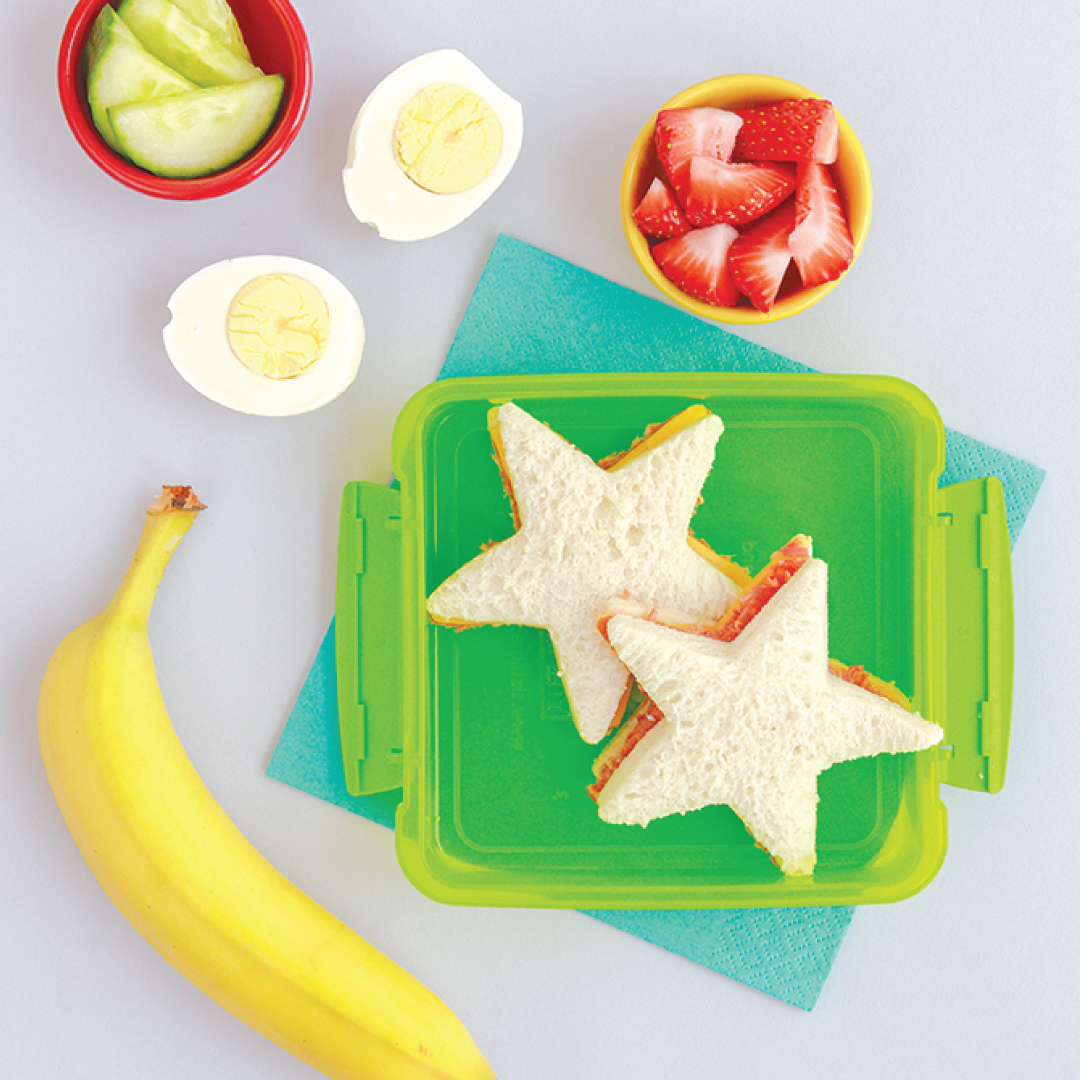
What are the best ways to increase energy levels?
If there are no underlying medical issues, low energy levels can be caused by lack of sleep, stress, and irregular eating patterns. If you think your diet is contributing to your low energy levels, here are some things you can try:
- Eating every 3-4 hours. Lack of concentration, fatigue, and mood swings can be caused by not eating regularly, and not eating enough.
- Consuming well-balanced meals and snacks, including healthy carbohydrates, lean protein, and healthy fats. Healthy carbohydrates (such as whole grains, fruits, dairy, and plant-based alternatives) provide your body with energy. Including lean protein and healthy fats keeps you satiated and provides a slow release of energy (such as lean meats, nuts, seeds, avocados).
- Avoiding processed, packaged foods. As mentioned above, many processed foods contain high amounts of saturated and trans fats, along with excess sugar, sodium, and preservatives. Consuming these in excess can increase the inflammatory stress on your body, which in turn may affect energy levels
What would be a good pre-workout meal?
Our body’s preferred fuel source is carbohydrates. Before exercise, we should aim to consume a meal or snack with some healthy carbohydrates (such as fruit, whole grains, or dairy/plant-based alternatives). Because we lose fluid – sweat – during exercise, we should also include fluids in our pre-exercise meal.
The intensity of your workout and how far in advance of the workout you will you want to eat will affect what your ideal pre-exercise food portion should look like. Some general examples are a fruit smoothie, homemade granola bars, energy balls, or a peanut butter banana sandwich!
Stephanie is an experienced Sports Dietitian, and if you have more individualized questions about athletic nutrition, please contact her at stephmariedang@gmail.com.
Are frozen vegetables just as nutritious as the fresh ones?
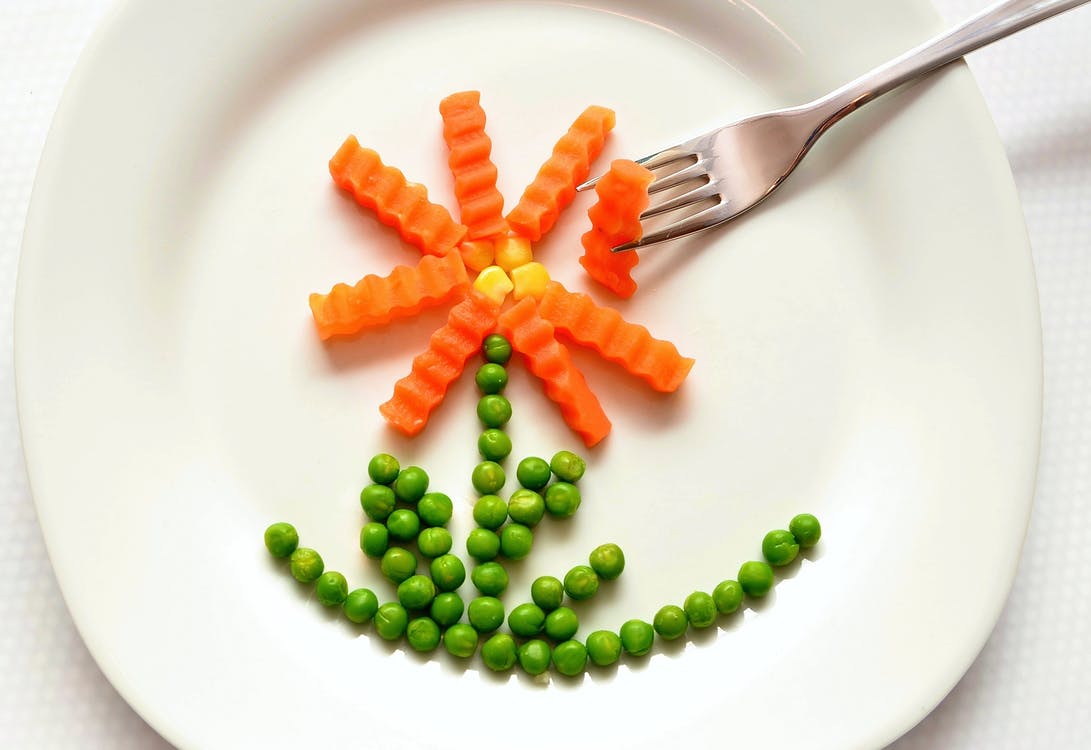
Yes! Frozen produce is often even more nutritious than fresh produce that has been stored in the fridge for a few days. The carbohydrate, fibre, protein, and mineral content remain similar between fresh and frozen produce, but frozen produce may contain more vitamins and phytonutrients than fresh produce that is a few days old. Researchers from the University of Georgia found that freezing produce actually helps preserve nutrients such as vitamin A, vitamin C, and folate. Just make sure you are checking the ingredients list of your frozen produce, and are not purchasing brands that add extra sugar.
References:
Farshchi, Hamid R, et al. “Beneficial Metabolic Effects of Regular Meal Frequency on Dietary Thermogenesis, Insulin Sensitivity, and Fasting Lipid Profiles in Healthy Obese Women 1 – 3 | The American Journal of Clinical Nutrition | Oxford Academic.” OUP Academic, Oxford University Press, 1 Jan. 2005, academic.oup.com/ajcn/article/81/1/16/4607442.
“Fresh or Frozen Produce? The Health Benefit Is All in the Mix.” Harvard Men’s Health Watch, vol. 18, no. 12, July 2014, pp. 6–6. Academic Search Complete, EBSCOhost, ezproxy.library.ubc.ca/login?url=http://search.ebscohost.com/login.aspx?direct=true&db=a9h&AN=96645178&site=ehost-live&scope=site. Accessed 2 Feb. 2018.
“Frozen Produce as Good as Fresh, Better Than Refrigerated.” Tufts University Health & Nutrition Letter, vol. 31, no. 12, Feb. 2014, pp. 2–2. Ccm, EBSCOhost, ezproxy.library.ubc.ca/login?url=http://search.ebscohost.com/login.aspx?direct=true&db=ccm&AN=107885199&site=ehost-live&scope=site. Accessed 2 Feb. 2018.
“Inflammation and Diet.” Www.eatright.org, www.eatright.org/resource/health/wellness/preventing-illness/inflammation-and-diet.
Pratley, R, et al. “Strength Training Increases Resting Metabolic Rate and Norepinephrine Levels in Healthy 50- to 65-Yr-Old Men.” Journal of Applied Physiology (Bethesda, Md. : 1985)., U.S. National Library of Medicine, Jan. 1994, www.ncbi.nlm.nih.gov/pubmed/8175496.
Schoenfeld, Brad Jon, et al. “Effects of Meal Frequency on Weight Loss and Body Composition: a Meta-Analysis | Nutrition Reviews | Oxford Academic.” OUP Academic, Oxford University Press, 13 Jan. 2015, academic.oup.com/nutritionreviews/article/73/2/69/1820875.
